월요일 수유너머에서 읽는 일본어 책이 저항에의 초대란 제목의 글인데요, 그 안에서 팔레스타인 문제를
다루고 있습니다. 그러다 보니 자연히 그 시기에 관한 글을 찾아읽게 됩니다. 오늘 도서관에 수업하러 갔다가
사라지지 않는 사람들이란 제목의 책을 다시 꺼내 보게 되었습니다.
목차한국어판을 펴내며
머리말
페데리코 가르시아 로르카 ― 시인이 총살당하는 시대
파블로 네루다 ― 독재에 맞서 삶을 긍정한 시인
잭 시라이 ― 스페인에서 전사한 비국민
파블로 카잘스 ― 첼로와 지휘봉을 무기로
사코와 반제티 ― 20세기를 상징하는 사법 살인
에른스트 톨러 ― 바이에른 혁명의 한 줄기 빛
카임 수틴 ― 뿌리 뽑힌 자의 불안
바실리 칸딘스키 ― 대상이 나를 방해한다
에리히 케스트너 ― 잔혹한 시대의 증인이 되어
숄 남매 ― 아무도 미워하지 않는 자의 죽음
안네 프랑크 ― 희망 없는 죽음을 향해
살바도르 아옌데 ― 칠레의 길을 위한 싸움
빅토르 하라 ― 두 손이 으깨어지더라도
에르네스토 체 게바라 ― 새로운 인간을 향하여
폴 니장 ― 반격하는 앙가주망
프란츠 파농 ― 인간에게 절망하지 않기 위하여
프리모 레비 ― 미래를 위한 증인
갓산 카나파니 ― 팔레스타인인의 초상
하비 밀크 ― 게이 해방운동의 상징
사에키 유조 ― 일본과의 대결, 그리고 객사
아이미쓰 ― 국가가 강요하는 죽음을 꿰뚫은 눈
가모이 레이 ― 최후의 자화상 화가
마키무라 고우 ― 경이로운 혁명적 상상력
오구마 히데오 ― 마구 지껄여라!
하라 다미키 ― 온몸이 기도가 되어
가네코 후미코 ― 국가로부터의 독립투쟁
하세가와 데루 ― 새장을 박차고 날아오른 비둘기
리하르트 조르게 ― 일본의 침략전쟁에 맞선 스파이
오자키 호쓰미 ― 고독한 단독 혁명가
아그네스 스메들리 ― 세계를 질주한 프리랜스 혁명가
가와카미 하지메 ― 이상을 살아간 구도자
에브리 만 ― 부끄러움을 아는 소시민
안중근 ― 아시아의 평화를 위하여
김구 ― 파란만장한 역사의 파노라마
홍범도 ― 중앙아시아에서 스러진 항일의병장
김산 ― 비극 속에서 단련된 혁명가
양징위 ― 낮에는 만주국, 밤에는 양징위의 나라
이극로 ― 민족어 없이 민족은 없다
조문상 ― 죽음마저 빼앗긴 조선인 전범
김사량 ― 빛을 찾는 굴신운동
윤동주 ― 죽는 날까지 하늘을 우러러
김지하 ― 민주화투쟁을 상징한 집합적 인격
박노해 ― 노동의 새벽을 노래한 얼굴 없는 시인
윤이상 ― 해방을 갈망한 상처 입은 용
이진우 ― 조선인 부락에서 나타난 괴물
양정명 ― 피해자의 고통과 가해자의 죄를 지고
오기순 ― 독재와 맞선 어머니
맺음말 '난민의 세기'에 새긴 묘비명
역자 후기
서경식 교수의 책인데요 오래전에 구해서 읽고 싶은 마음이 일어나는 대로 표시하면서 읽어나가고 있는 중인데
오늘은 사코와 반제티, 에른스트 톨러 (바이에른이란 말에 마음에 끌려서 -이는 금요일 역사모임의 영향이라서
신기하더군요. 그 전에는 감정이 없이 바라보던 이름을 확 끌려서 뒤적이고 읽어보게 된다는 것이 - 폴 니장
갓산 카나파니, 하비 밀크 (그는 얼마전 밀크라는 제목의 영화에 나온 바로 그 사람이네요. 영화는 놓치고 말았지만 오늘 읽고 나니 디브이디라도 찾아서 보고 싶어졌습니다. )가모이 레이, 가네코 후미코,(그녀는 박열과 동지이자 연인관계였는데 감옥에서 자살로 국가의 폭력에 저항한 일본여성으로 김별아의 소설 열애의 주인공이기도 합니다.)그리고 조문상 이렇게 골라서 읽게 되었습니다.
사실은 갓산 카나파니 한 명을 읽고 에티카를 마저 읽어야 했지만 사람이 계획한 대로 하기가 어렵다는 것
그래서 이런 자꾸 인물이 늘어났고 덕분에 사코와 반제티에 관한 그림을 남겼다는 벤 샨에 대해서도 알게 되었지요.
사코와 반제티는 이탈리아에서 미국으로 이주한 사람들인데, 그들이 저지르지도 않은 범죄에 누명을 쓰고
결국 감옥에서 죽어간 사람들입니다. 그들에 대한 것이 정식으로 무죄로 밝혀진 것은 아주 오랜 후의 일인데요
벤 샨은 여행을 떠났다가 돌아와서 그런 사실을 알고 23점의 그림으로 그 사실을 기록했다고 하더군요.
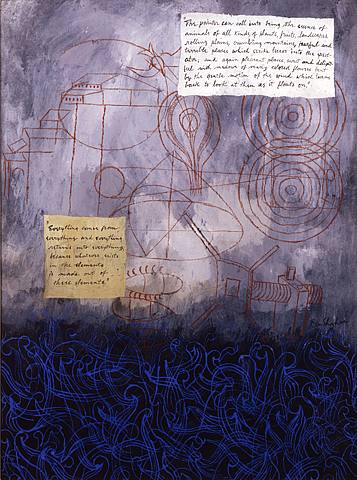
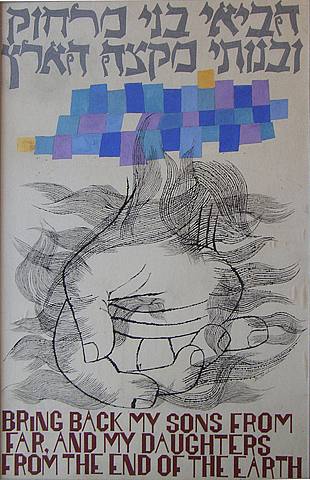
원래는 사코와 반제티의 사건을 다룬 그림을 보고 싶어서 들어왔지만 아직은 찾을 수가 없네요. 그래도 리투아니아 출신의 그가 미국에 와서 살면서 겪었을 일들을 상상하면서 그의 그림을 보고 있습니다.
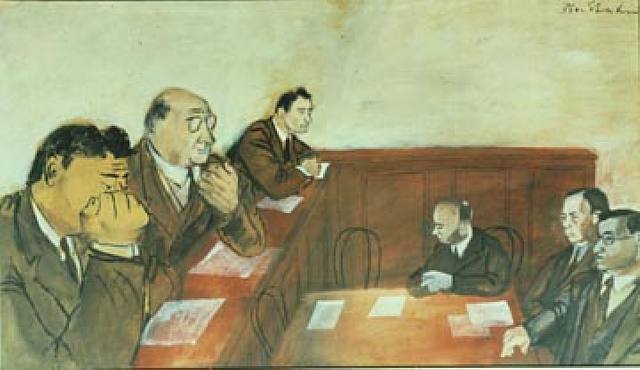
상원 청문회란 제목으로 1937년작이로군요.
1937년 중일전쟁이 발발한 해이기도 하고, 한 해전에 스페인에서는 내전이 일어난 해이기도 하고
독일에서는 나치가 광풍을 일으키고 있는 시기이기도 하고, 이런 식으로 연대기가 읽힌다는 것
그림을 보다보니 화가의 바이오그라피가 궁금해서 찾아보게 되네요.
BEN SHAHN (1898-1969)
A consummate draftsman, Ben Shahn (1898-1969), was among those artists who served as American"s conscience for five decades of the twentieth century. He explored the human condition and the plight of the oppressed. These concerns are balanced with attention to specific incidents, recalled in exacting detail and in a highly distinct style.
The exhibition, Ben Shahn, Drawings, 1935 to 1961, was at the Susan Teller Gallery, from April 9 through May, 2004. All works came from the Estate of the Artist. They range in date from sketches made in the 1930s for a poster for the United Textile Workers of America, to those he made in 1961, reflecting his interest in the effects of scientific developments on everyday life. Many of these drawings relate to murals or paintings in the public arena -- works that are now icons of American art.
As a child Shahn was part of the huge migration of Europeans that came to this country at the turn of the last century. His family came from the Pale of Settlement region in eastern Europe, an area in which Russian Jews could legally reside. Ben Shahn was born there, in Kovno, Lithuania, in 1898. From there his family moved to the town of Vilkomir when he was four, and to America when he was eight. They settled in Brooklyn, and at the age of fourteen Shahn left school to begin an apprenticeship at his uncle"s lithography shop, Hessenberg"s. The lettering and the craft that he learned there were tools he used throughout his career. He also attended the Art Students League, New York University, the City College of New York, and the National Academy of Design.
In the early 1920s Shahn and his wife Tillie Goldstein made extended trips to Europe and North Africa. They returned in 1929, and in that year Shahn began his friendship with the photographer Walker Evans, with whom he would share a studio. This was a decisive time in Shahn"s career. He turned away from the generalized figures he had drawn under the influence of European artists such as Paul Cezanne; his people became specific individuals, in complex situations. Further, he realized that several works could create a narrative. He subsequently made The Dreyfus Affair, watercolor portraits of 1930, and The Passion of Sacco-Vanzetti, gouaches of 1931/32. These twenty-three small gouaches where exhibited at Edith Halpert"s Downtown Gallery in 1932. (Halpert remained his dealer until 1968.)
Following the showing of the Sacco-Vanzetti series Shahn"s work was included in a mural show at the Museum of Modern Art, and in the first biennial of the Whitney Museum of American Art, both in 1929. In 1932 Shahn began working with Diego Rivera on the Rockefeller Center Murals that were destroyed in 1933. Also at this time, he met Bernarda Bryson who would become his second wife.
In 1935 Shahn served on President Franklin Delano Roosevelt"s New Deal program, the Special Skills Division of the Resettlement Administration, later the Farm Security Administration. With Bryson driving, Shahn made three extended road trips taking over three thousand photographs. These formed a major documentary archive of American life during the Great Depression, and also provided material for work for several years. In 1937/38 Shahn made the Jersey Homesteads mural, an enormous, 45-long tribute to European immigrants, their role in the garment industries, and their settlement in the planned community in New Jersey. In 1938/39, Shahn, with Bryson"s help, made the Bronx Central Annex Post office murals for the Treasury Department, and in 1939 they moved to Jersey Homesteads, now known as Roosevelt. Shahn lived there until his death in 1969.
In the 1940s during World War II Shahn worked for the Office of War Information. Later he taught at the Boston Museum of Fine Arts Summer School, Pittsfield, Massachusetts, 1947, and Black Mountain College, Asheville, North Carolina, 1951. He served as the Charles Eliot Norton Professor of Poetry, Harvard University, Cambridge, 1956. In these years his paintings travelled with the Museum of Modern Art show, Twelve Modern American Painters and Sculptors, 1953. In 1954 Shahn and Willem de Kooning were chosen by MOMA to represent this country at the Venice Biennale. Shahn also produced commercial work for CBS, the Container Corporation, Harper"s Magazine, and The Nation.
Shahn was elected to membership in the National Institute of Arts and Letters in 1956, and to the American Academy of Arts and Sciences in 1959. In the 1950s he created two topographical alphabets, and began a series of mosaic murals culminating in the Sacco and Vanzietti mural made for Syracuse University and installed in 1967. In the 1960s he began working on illustrated books, including Haggadah, published in1966, and Eccliesiastes, published in 1967.
Honored with countless exhibitions throughout his career, in 1998 Shahn"s work was the subject of a major retrospective organized by the Jewish Museum, NY. It was shown in New York in 1998/99, and it travelled to the Allentown Art Museum and the Detroit Institute of Arts in 1999.
Work by Ben Shahn is in major collections of American art in this country and around the world, including the Metropolitan Museum of Art, Museum of Modern Art, Museum of the City of New York, Jewish Museum, and Whitney Museum of American Art; Hirshhorn Museum and Sculpture Garden, National Portrait Gallery and National Gallery of Art, Washington, DC; Philadelphia Museum of Art; New Jersey State Museum and the Montclair Museum of Art; Wadsworth Atheneum, Hartford; Harvard University Museums, Cambridge, and the Museum of Fine Arts, Boston; the McNay Art Museum, San Antonio, and the Amon Carter Museum, Fort Worth; San Diego Museum of Art and the Fine Arts Museums of San Francisco; the Detroit Institute of Arts; the Fukushima Prefectural Museum of Art, Japan; the Vatican Museum; the Moderna Museet and the Nationamuseum, Stockholm; and the Tate Gallery, London.
그림을 보다가 궁금하던 점이 해결되었습니다. 역시 유태인이었군요. 그림속에 나타난 토라를 읽는 유태인이 있길래, 그리고 그의 그림 목록속에서 사진이 여러 장 나오길래 이것은 무엇인고 하고 궁금해했더니 그가 유럽미술에서 관심을 돌리고 미국적인 상황에 대한 그림을 그리게 된 계기가 바로 사진작가와의 만남이었다고요. 그러니
예술가의 인생에서 누구와 혹은 무엇과의 만남이 그의 인생을 확 바꾸는 계기를 맞는 사람들이 얼마만 많은지요
그런 변화가 가져온 놀라운 변화를 바라보고 있는 우리들에게도 그것은 역시 자극이 되기도 하고요.
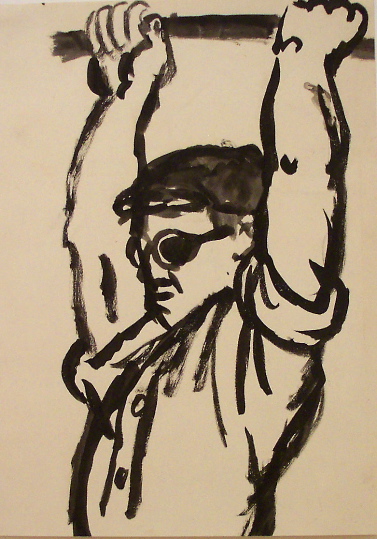
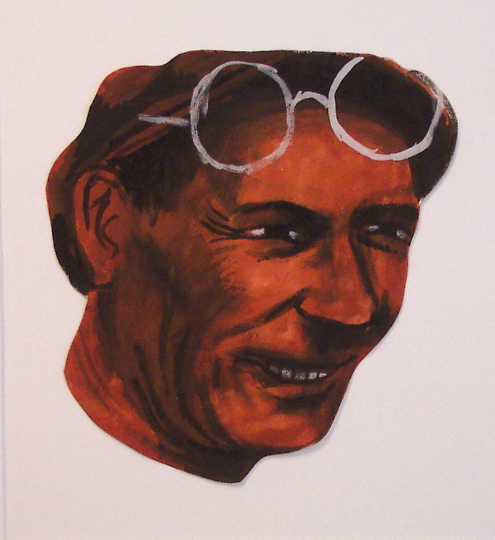
뒤레프스 사건이나 사코와 반제티 사건등을 벽화로 남기기도 하고, 노동자들의 삶의 현장이나 그들의 모습을
그려내기도 했답니다.
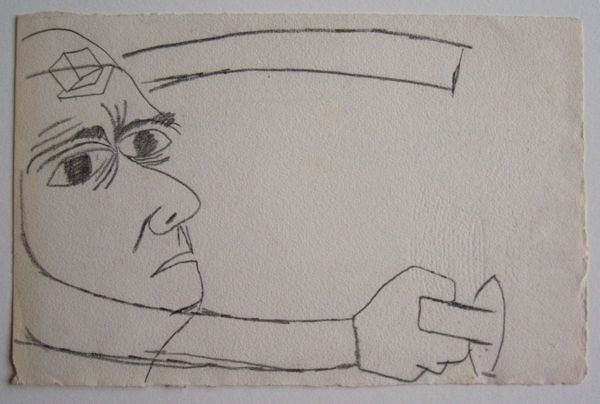
책읽다가 우연히 발견한 화가인데 덕분에 그의 바이오그라피속에서 유럽의 화가들이 전쟁의 참화를 피해
미국으로 건너가서 그 곳의 화가들을 자극하고 덕분에 여러 곳에 대학이 세워지거나 예술을 가르치는 기관이
생겼고 그 중에서도 블랙 마운틴 대학이 유명하다는 말을 지난 목요일 수업의 발제자가 발표한 내용인데
그의 바이오그라피 중에서 블랙 마운틴 대학에서 가르쳤다는 것을 읽으니 그것도 아니 ,이런 하면서 읽게 되네요.
미국의 대공황기에 화가들에게 일거리를 제공했던 루즈벨트 행정부에 관한 것도 기록에서 만날 수 있었고요.


원하던 그림은 싸이버 상에 올릴 수 있는 허가가 나와 있지 않아서 함께 할 수 없지만 덕분에 새로운 화가를
알게 되어서 그것으로 족하다고 생각한 날입니다.

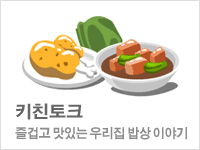
 회원정보가 없습니다
회원정보가 없습니다